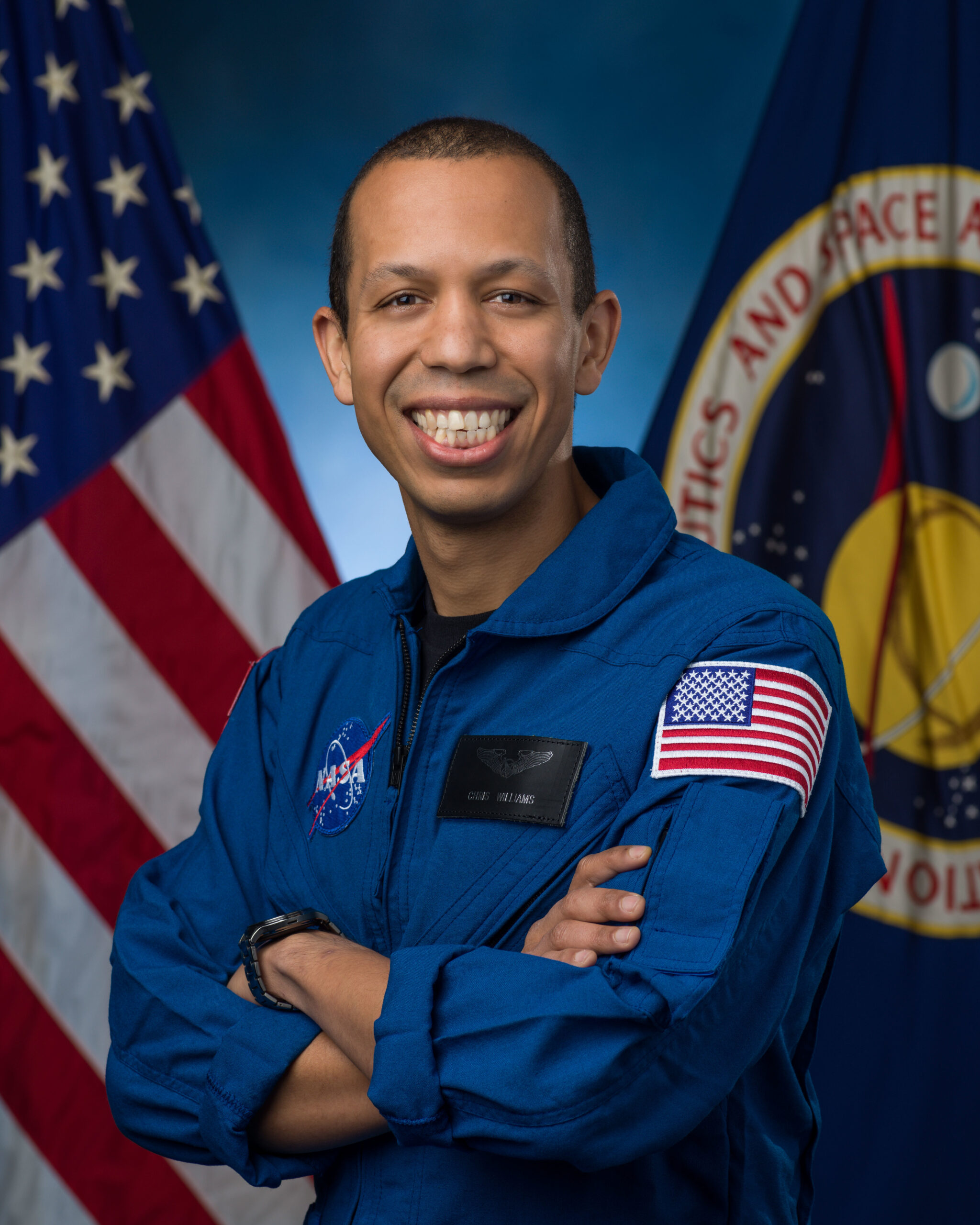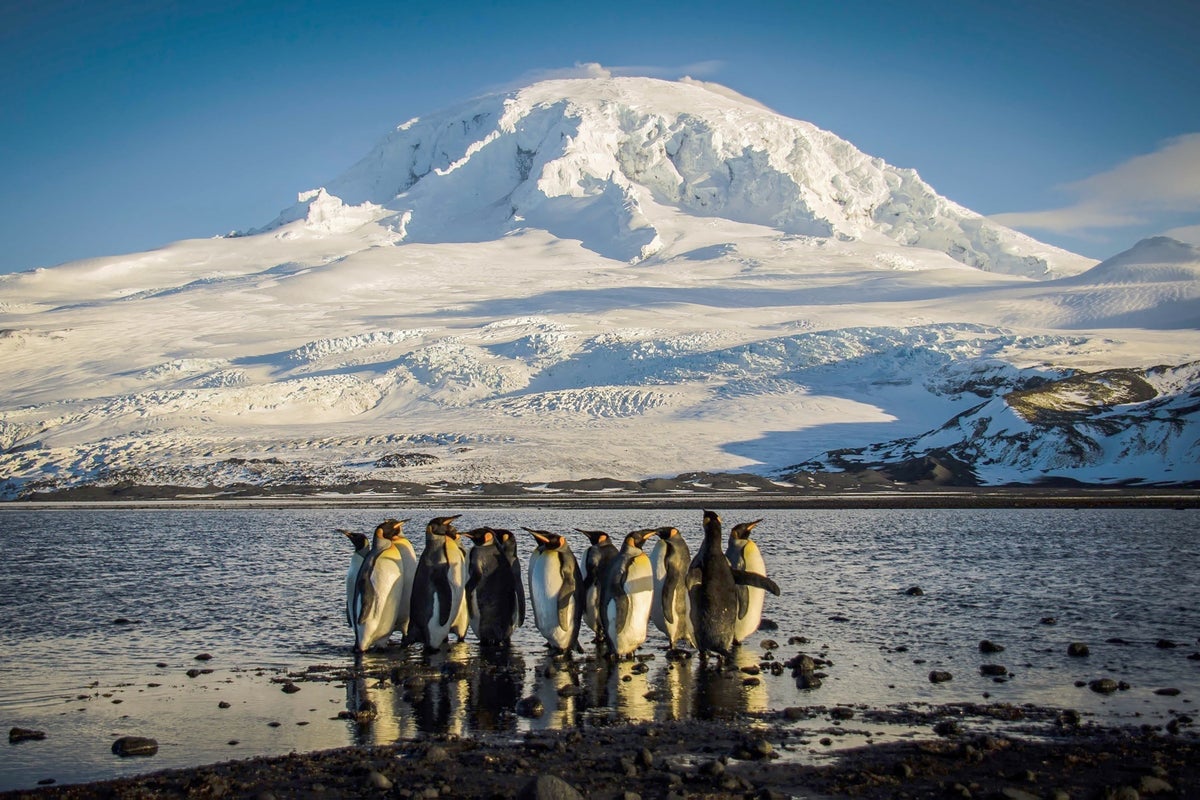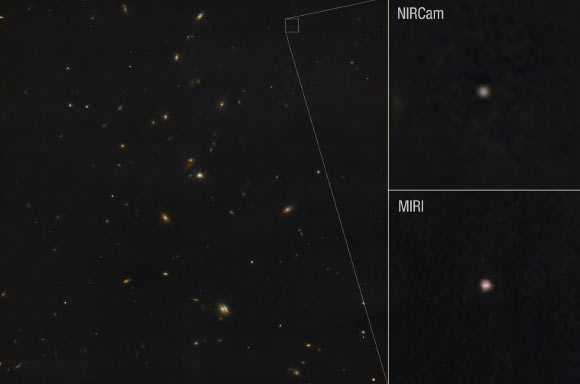Now Reading: NASA Astronaut Chris Williams Ready for First Space Station Mission
-
01
NASA Astronaut Chris Williams Ready for First Space Station Mission
NASA Astronaut Chris Williams Ready for First Space Station Mission

quick Summary
- Mission details: NASA astronaut Chris Williams will make his first flight to the International Space Station (ISS) as part of Expedition 74 in November.
- Crew Composition: He will launch aboard the Roscosmos Soyuz MS-28 spacecraft alongside Roscosmos cosmonauts Sergey Kud-Sverchkov and Sergei Mikaev from Baikonur Cosmodrome, Kazakhstan. The mission is set for an eight-month duration.
- Role and Activities: Williams will serve as a flight engineer,conducting scientific investigations and technology demonstrations aboard the ISS to prepare humans for future space missions and benefit humanity.
- Background Information:
– Selected as a NASA astronaut in 2021; graduated with NASA’s 23rd astronaut class in 2024.
– Holds degrees in Physics from Stanford University (Bachelor’s) and MIT (Doctorate), specializing in astrophysics during his doctoral research.
– Completed Medical Physics Residency training at Harvard Medical School; formerly worked at Brigham and Women’s Hospital, Boston, as a clinical physicist/researcher.
- ISS importance: For over two decades, continuous operation aboard the ISS has advanced scientific research not feasible on Earth. It serves as a critical testbed for long-duration spaceflight challenges.
Indian Opinion Analysis
Chris Williams’ assignment to Expedition 74 highlights continued international collaboration between NASA and Russia via joint missions like Soyuz launches-a important partnership even amid geopolitical complexities. For India, this reinforces two key messages: first, that sustained investment in human spaceflight programs can lead to partnerships fostering innovation; second, that enabling scientific breakthroughs aboard platforms like the ISS offers long-term benefits across industries including healthcare space science integration.India’s own ambitions with Gaganyaan underline early-stage development compared against matured efforts by entities like NASA (operating continuously as its inception). Prioritization of microgravity experimentation here could also set similar commercial precedent/base extension strengthening ISRO’s strides validating aiming goals interconnectivity lunar moongate-building framework pathways similar artists roleplayed collaborative technological collaborations growth matured resilient-industry scape empowering robust lowvomputed bay stair ########ler errorskip expanding#### texfhinsights smoother#### conjuncturalduplication delineatingpotential remove axclusiondescrelatoronsincomplex* stop interruption























